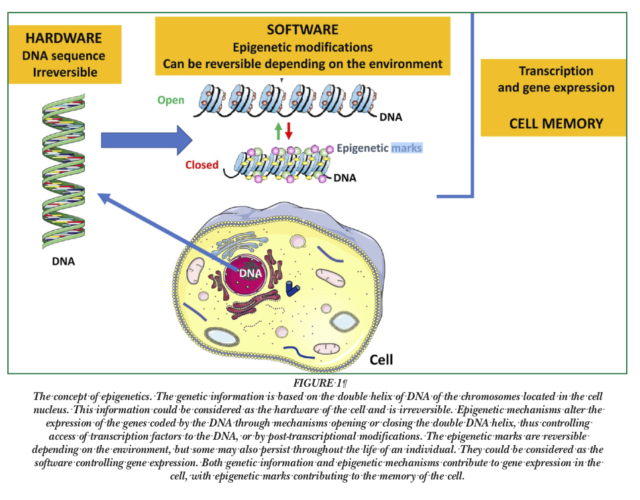By Pascal Chavatte-Palmer, Pauline Peugnet, Morgane Robles
Photography/Graphics: Private collection
This population is heterogeneous depending on continents, but the percentage of horses dedicated to leisure and sport activities is steadily increasing in westernized countries. In Europe, the equine sector provides 400,000 full-time jobs, generating revenue above €100 billion annually, and the number of horse riders increases by 5% per year (http://www.europeanhorsenetwork.eu/the-horse-industry/).
Athletic performance and use of horses
Horses are mainly used for sport or work. Athletic performance in horses is the result of multiple variables, including genetics, health, training, temperament, nutrition, and rider’s ability. Osteoarticular health is of uppermost importance. One major burden for the breeding industry is osteochondrosis, a perturbation in cartilage ossification that affects up to 44% of young horses and reduces their ability to compete (Verwilghen et al., 2013). Osteochondrosis is known to be due to both genetic and environmental factors.
Depending on the equestrian sport, horse careers differ. For example, Thoroughbreds compete in flat-racing when they are still growing, as many top-ranking races are devoted to three-year-olds. In other sports, such as showjumping, the sport career may be long and intensive, up to 15 to 20 years of age. Reproductive use takes place either after the sports careers or in combination with performance through semen freezing in males and embryo transfer in females. Alternatively, when horses are kept for leisure, they are often considered as companion animals, given relatively little exercise and kept until old age.
Developmental origins of health and disease and epigenetics
In mammals, developmental conditions (e.g., maternal nutrition, stress, or exposure to pollution) at the time of conception or during pregnancy and the neonatal period are known to affect long-term postnatal health, and are referred to as ‘Developmental Origins of Health and Disease’ (DOHaD). Non-communicable diseases such as diabetes (perturbation of the glucose metabolism), obesity, and cardiovascular diseases, but also neurological and osteoarticular disorders, have been shown to have developmental roots.
The biological basis for DOHaD is epigenetic mechanisms that are induced by modifications of the cellular environment. The epigenetic machinery modifies the expression of genes without altering the DNA structure of the genes, either by hampering or enabling the access of transcription factors to the DNA, or by acting at the post-transcriptional level (i.e., after the genes have been translated into molecules conveying the information to the cellular machinery; Jammes et al., 2011). Although they are reversible, epigenetic marks are maintained with cell division. They are considered as the ‘memory of the cell’ and can induce physiological effects a very long time after the event that caused them occur took place (Figure 1). The prenatal and early postnatal periods are considered as critical periods because the epigenetic plasticity of developing organism makes it very sensitive to its environment. (Figure 1 opposite)
Thus, in the equine species, maternal environment, such as broodmare metabolism and nutrition, or the use of reproductive biotechnologies, may affect feto-placental development, foal growth, and subsequent adult health, thus impacting offspring performance and longevity.
This article aims to summarize existing knowledge on long-term effects of breeding conditions and reproductive biotechnologies in the equine species, with special reference to their unique use as performers. Future directions both in research and for improvement of field management are discussed... To read the complete article you need to be a subscriber
CLICK HERE TO SUBSCRIBE TO BREEDING NEWS
SUBSCRIBERS CAN READ THE COMPLETE ARTICLE BY LOGGING IN AND RETURNING TO THIS PAGE





